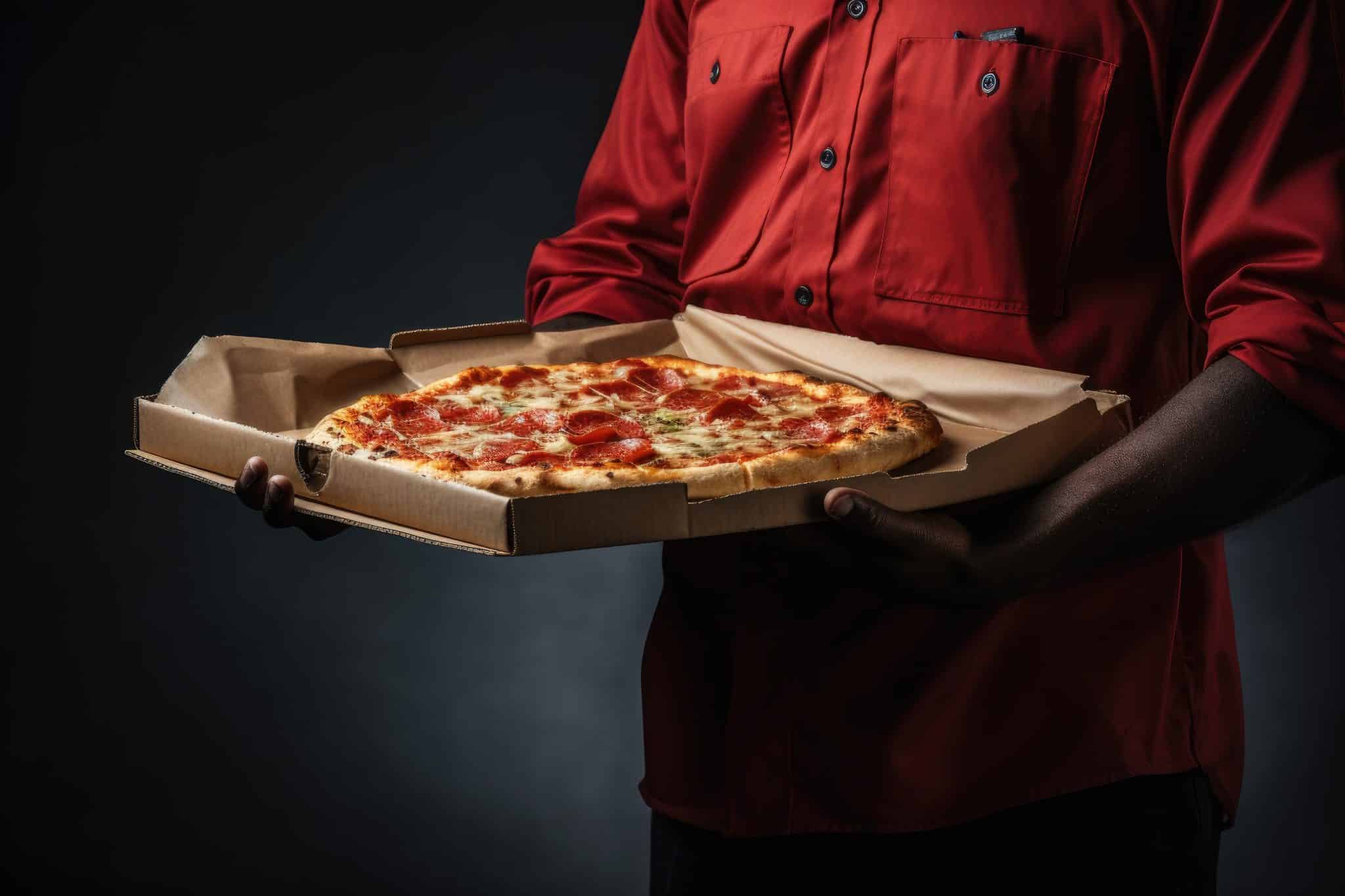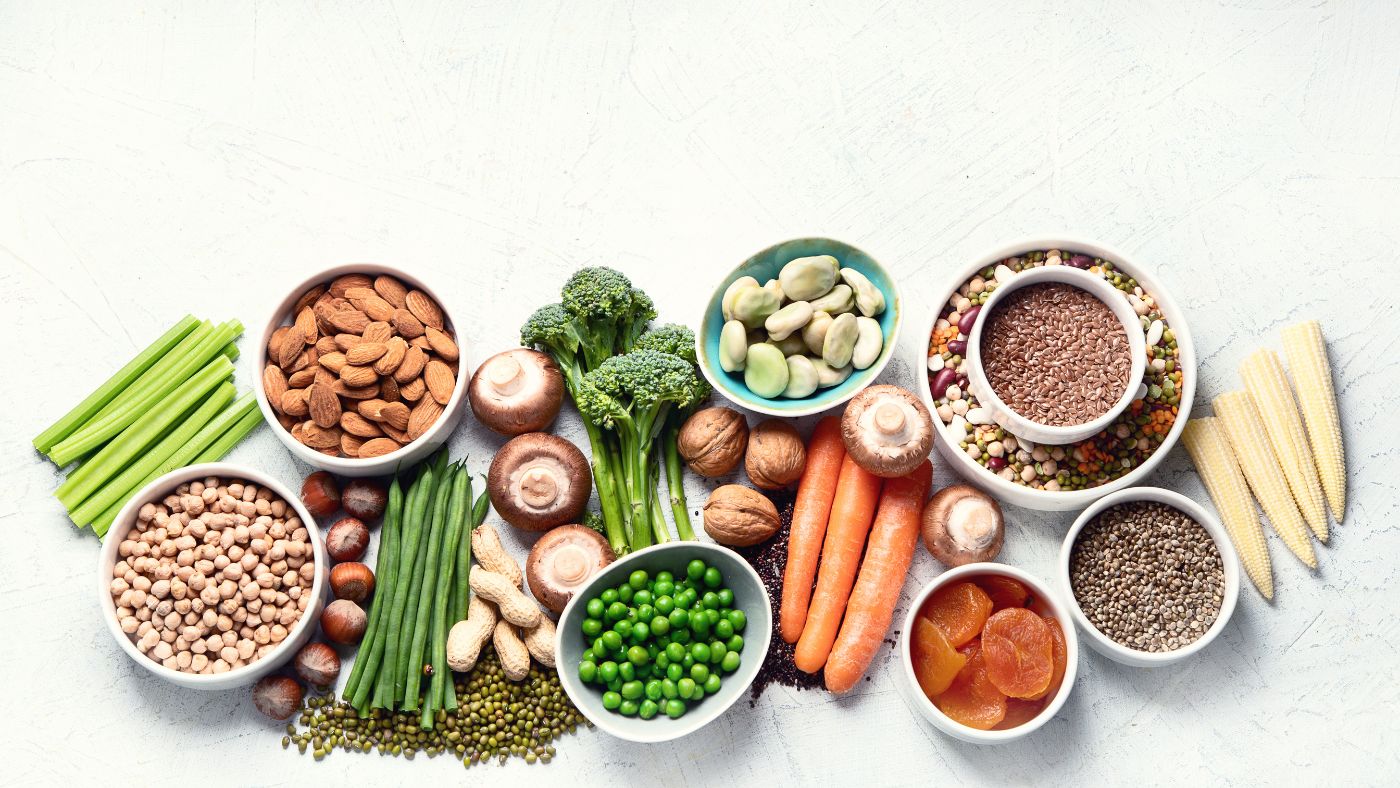Indonesia’s Food Services sector is a relatively small part of the overall F&B pie. The share of Food Services is below the levels in China and the US, in both percentage and absolute terms. This low base provides meaningful headroom for growth, with an estimated 8% CAGR over 2022-27E. Sustained economic growth, rising affordability levels, and a wider availability of online and offline channels should support this uptrend in the Food Services sector.
01. Indonesian food service sector is currently under-penetrated and is expected to grow at mid-to-high single digit levels in the next five years
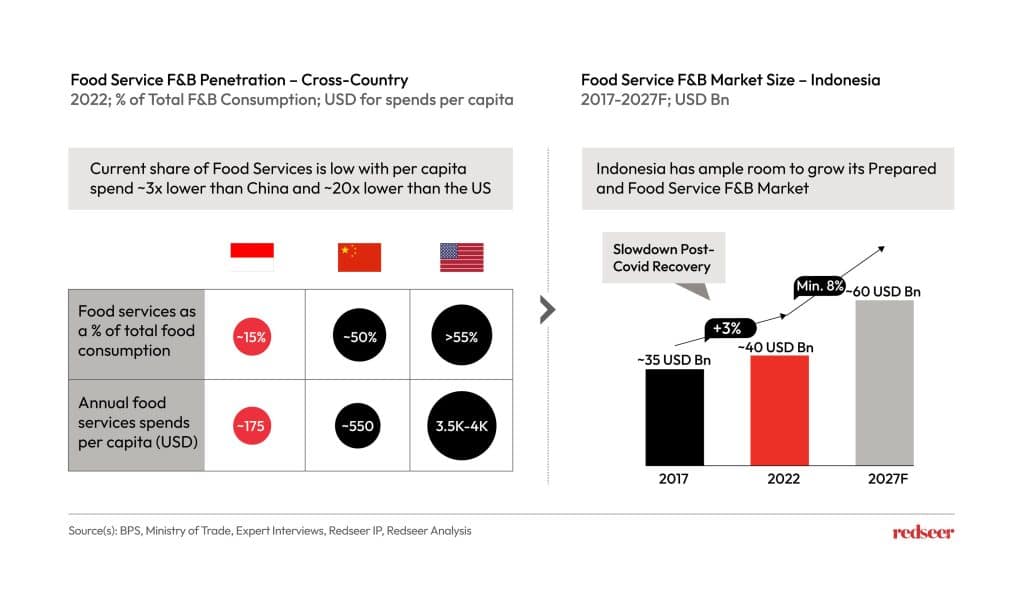
Indonesia’s food habits change meaningfully across its main island clusters. The rich diversity of Indonesian cuisine, from the noodle dishes of Java to the seafood specialties of Bali and the Nusa islands, provides significant room for localization of food offerings at micro-market level.
02.Indonesia is one of the countries with a broad F&B diversity across the regions, with Java as the largest food service enjoyer
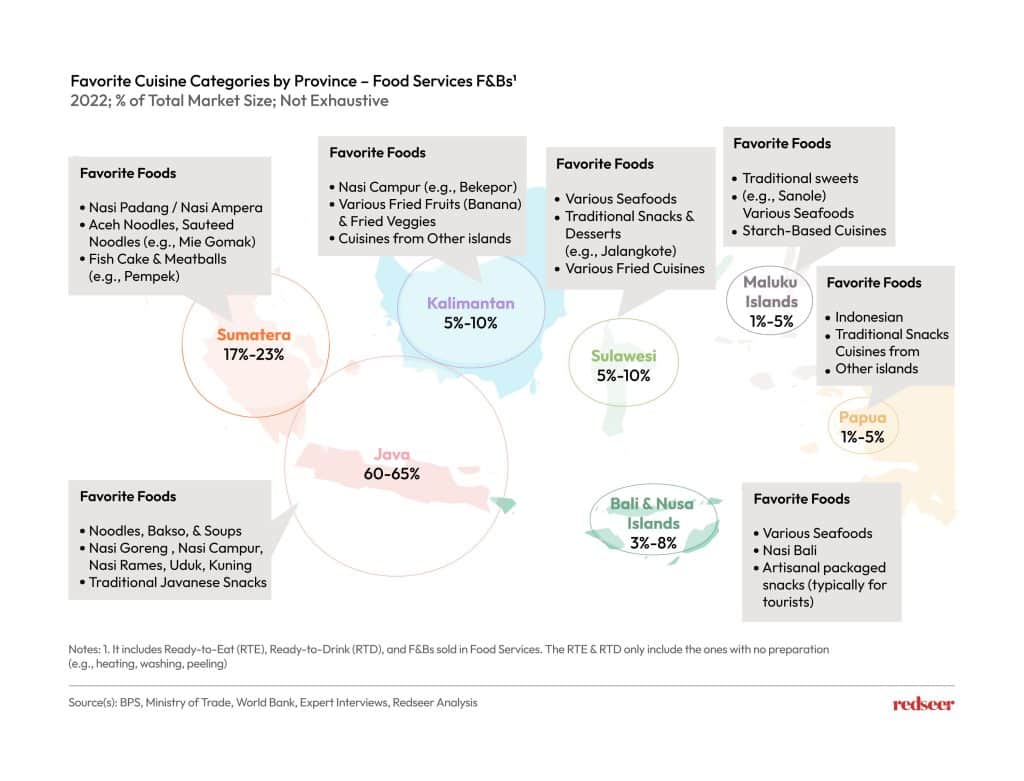
Local cuisines are gaining traction, inline with their growing awareness and availability in formal online and offline retail channels. While western QSR chains led the first-wave of “eating-out” concept, they perhaps need a fresh dose of localization to revive customers’ interest. On a related note, while high food prices can constrain consumers eating out habits, local cuisines could fare better due to their “value” appeal.
03. . Local Cuisines are enticing more consumers; people have been searching for local options online more frequently
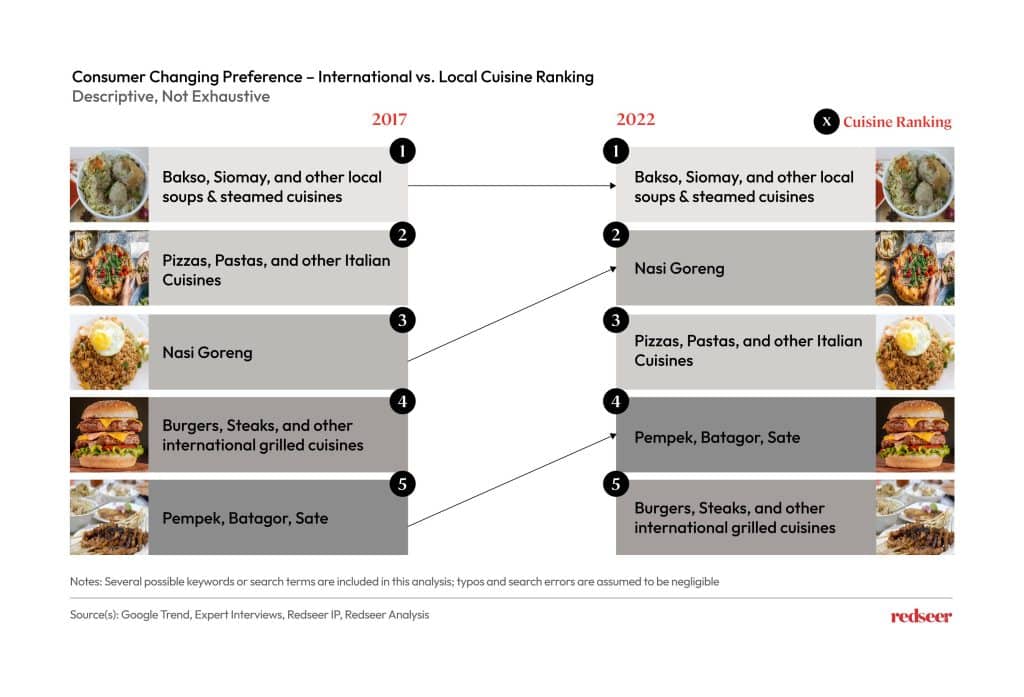
Within local cuisines, Traditional Appetizers, Sweets & Snacks and Noodles have the largest market size, north of USD 2 bn and growing. Meanwhile, Nasi Goreng (Fried Rice) and Desserts are amongst the fastest-growing categories. This significant market size and growth reflect a deep-rooted appreciation for these culinary staples in the daily lives of people. The rapid expansion of categories like Nasi Goreng and desserts, on the other hand, underscores the evolving palate of consumers and the dynamic nature of Indonesian cuisine, which continues to innovate while staying true to its rich culinary heritage.
04. Indonesia is expected to significantly grow its consumption in local cuisine categories, i.e., Nasi Goreng and Traditional Appetizers, Sweets, & Snacks
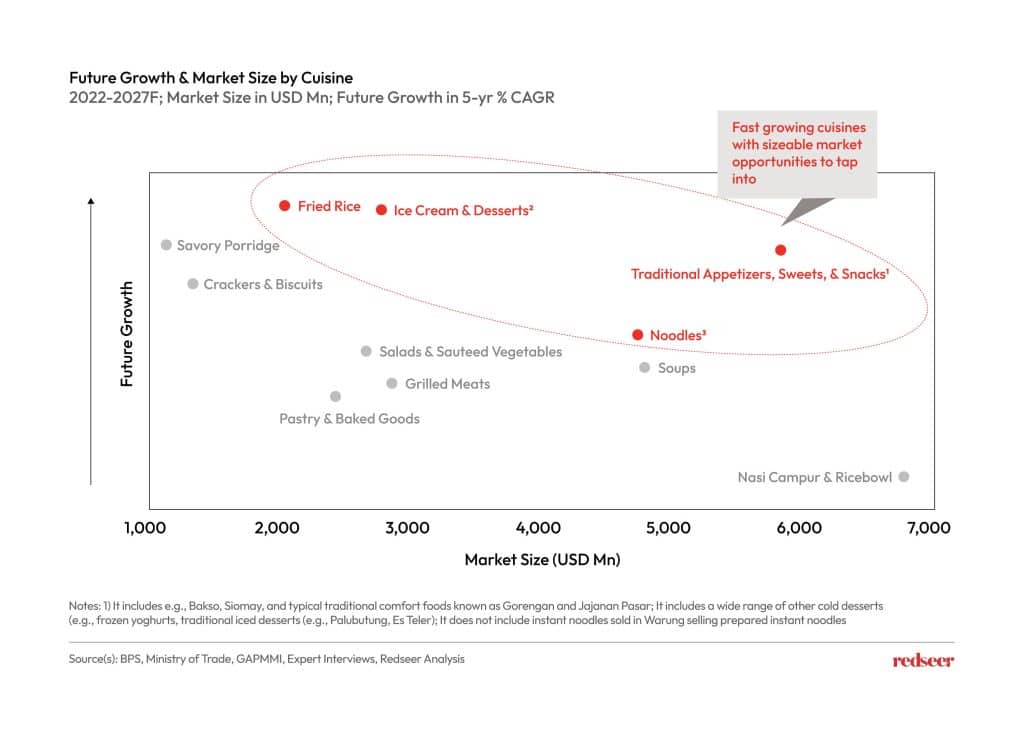
Within local cuisines, Traditional Appetizers, Sweets & Snacks and Noodles have the largest market size, north of USD 2 bn and growing. Meanwhile, Nasi Goreng (Fried Rice) and Desserts are amongst the fastest-growing categories. This significant market size and growth reflect a deep-rooted appreciation for these culinary staples in the daily lives of people. The rapid expansion of categories like Nasi Goreng and desserts, on the other hand, underscores the evolving palate of consumers and the dynamic nature of Indonesian cuisine.
05. Dishing out fun facts about Indonesia’s yummy local foods!
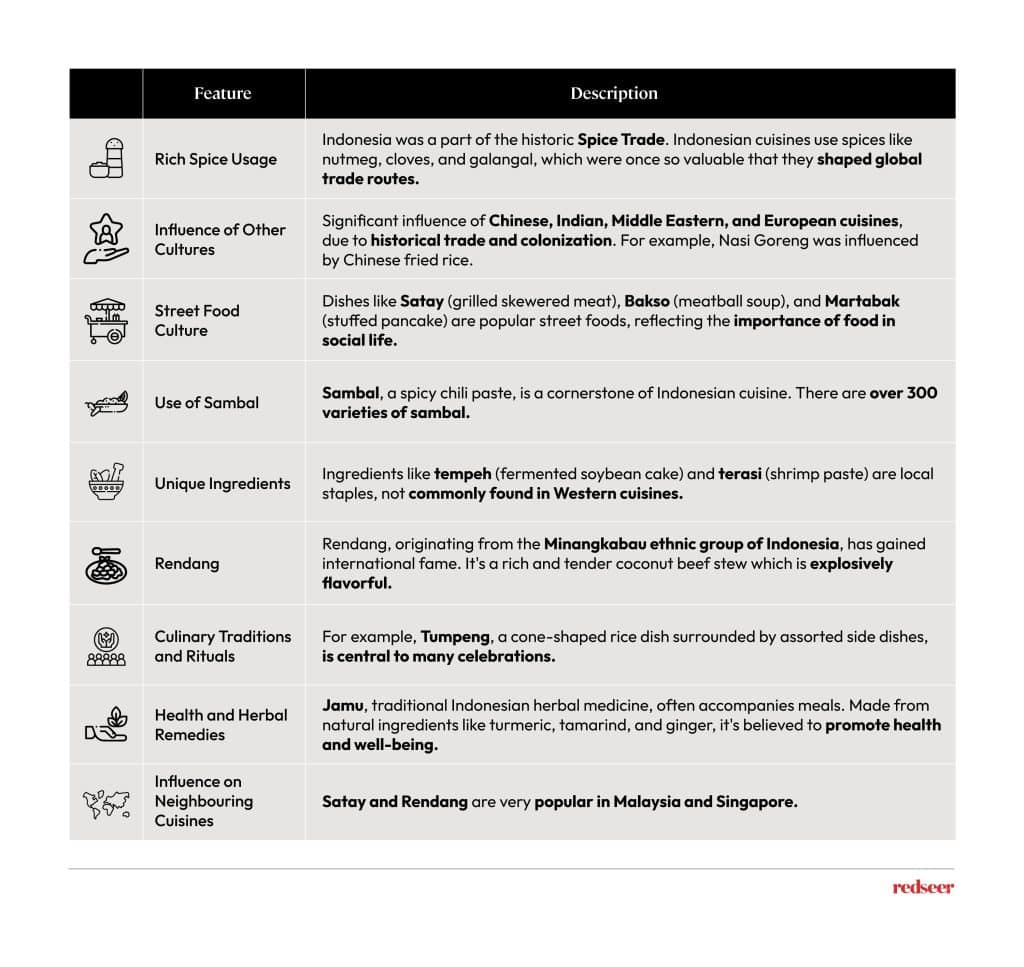
Above are some trivia on Indonesia’s cuisines that connect the dots across history, culture, and social habits in food.



